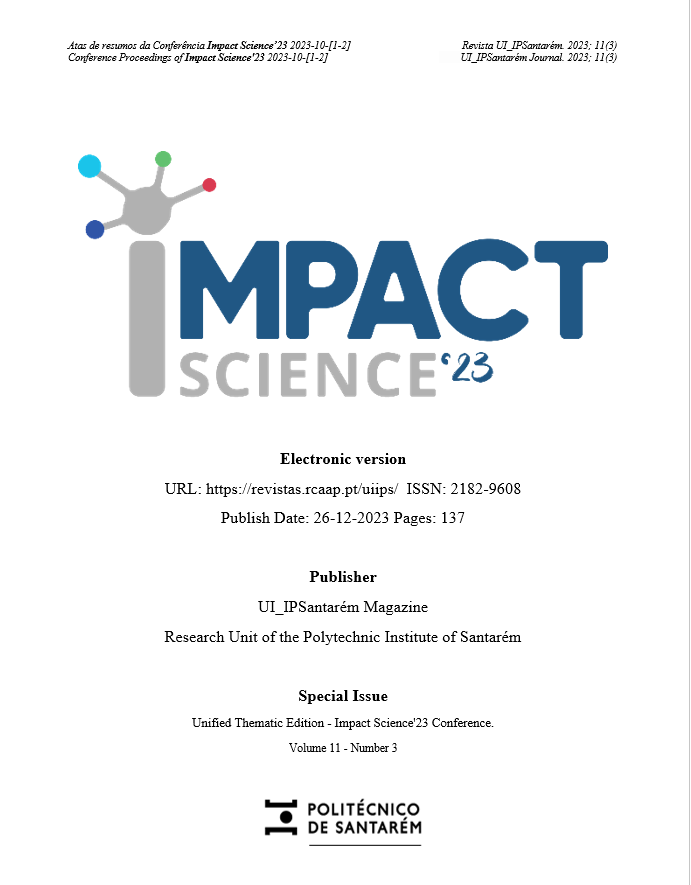Development of Pitaya Jelly for Industrial and Culinary Applications
DOI:
https://doi.org/10.25746/ruiips.v11.i3.32470Keywords:
dragon fruit; jelly; food applicability; sustainabilityAbstract
The genus Hylocereus originates from the American continent, however its production has deserved the interest of fruit growers and consumers, since pitayas are exotic fruits with high vitamin and mineral content.
The objective of this study focused on the development of a pitaya jelly from surplus fruit, of low caliber and with epidermal defects of Hylocereus polyrhizus, fruit with pink skin and red flesh. To choose the prototype, fruits from a production in the Ribatejo region were selected and several alternatives were studied: with or without sugar or with sweetener (stevia or agave) and with cinnamon or ginger.
After the microbiological characterization of the quality parameters (microorganism count at 30 °C, ISO 4833-1:2013; lactic bacteria count, ISO 13721:1995; molds and yeasts ISO 21527-2:2008; Enterobacteriaceae ISO 21528-2: 2004; and safety (Salmonella spp. survey, ISO 6579-1:2017; Listeria monocytogenes survey, ISO11290-1:2017), the analysis of results showed that all prototypes met the quality and microbiological safety characteristics defined in the INSA Guide Values.
The physical-chemical parameters evaluated were the soluble solids content (°Brix), total acidity (%), aW (water activity), proximal analysis, moisture determination and color determination (by the CIE L* system a*b*). Analysis of variance (ANOVA) with two factors (different formulations/prototypes) was performed. The Wilks significance test was applied to verify homogeneity at a significance level of 5%. Means and standard deviations (LS Mean) were calculated and, for each situation, Tukey HSD's post hoc test for comparing means was applied. For all parameters, significant differences were verified between the different prototypes, except in the case of acidity (%(g/100g)).
In the case of sensory analysis, hedonic tests were carried out. The first sensory test was carried out at Escola Superior Agrária Santarém, by a panel of untrained tasters, mostly female and with tasters aged between 18 and 61 years old. The second sensory test took place at ESHTE, where the most popular jam was also dragon fruit jelly with sugar and ginger.
Based on all the results, the chosen prototype has sugar and ginger in its formulation, being the one that stood out the most, both in terms of its texture, color and flavor, and in its sensory scores, which were mostly high for all of the evaluated attributes. . This is followed by applicability tests in collaboration with ESHTE, in which, in addition to using this exotic and colorful jelly in the plating of different dishes, we also intend to develop and create an innovative product, which stands out for its flavor and refinement, like a bonbon. of chocolate with the filling of this jelly.
Downloads
Published
How to Cite
Issue
Section
License
Copyright (c) 2023 Tânia Canais, Ana Neves, Manuela Guerra, Marília Henriques, Gabriela Basto de Lima

This work is licensed under a Creative Commons Attribution-NonCommercial-NoDerivatives 4.0 International License.
Authors publishing in this journal agree to the following terms:
Authors retain copyright and grant the journal the right of first publication, with the article simultaneously licensed under the Creative Commons Attribution License that allows sharing of the work with acknowledgement of authorship and initial publication in this journal.
Authors are permitted to enter into additional contracts separately for non-exclusive distribution of the version of the article published in this journal (e.g., publish in an institutional repository or as a book chapter), with acknowledgment of authorship and initial publication in this journal.
Authors have permission and are encouraged to publish and distribute their work online (e.g., in institutional repositories or on their personal webpage) at any point before or during the editorial process, as this may generate productive changes, as well as increase the impact and citation of the published work.



